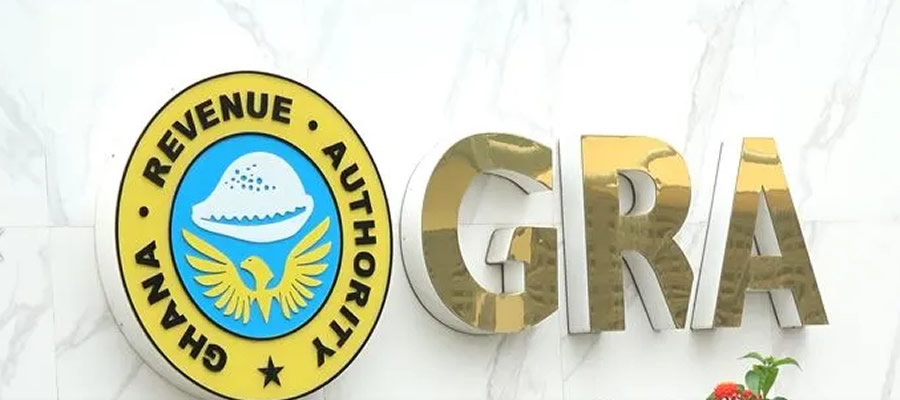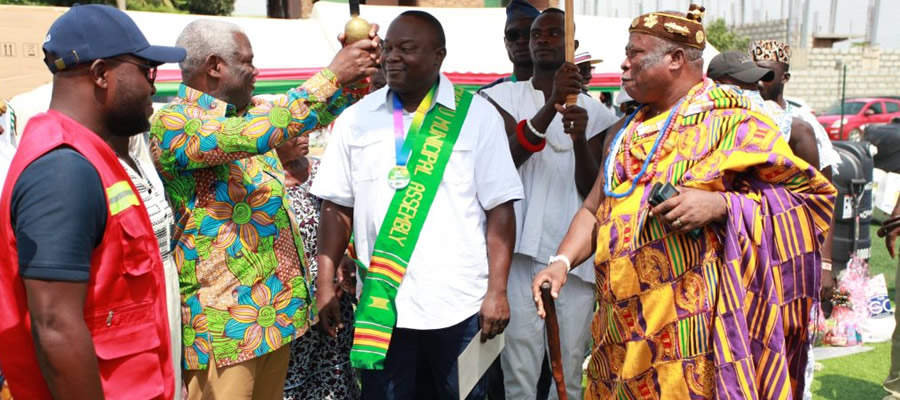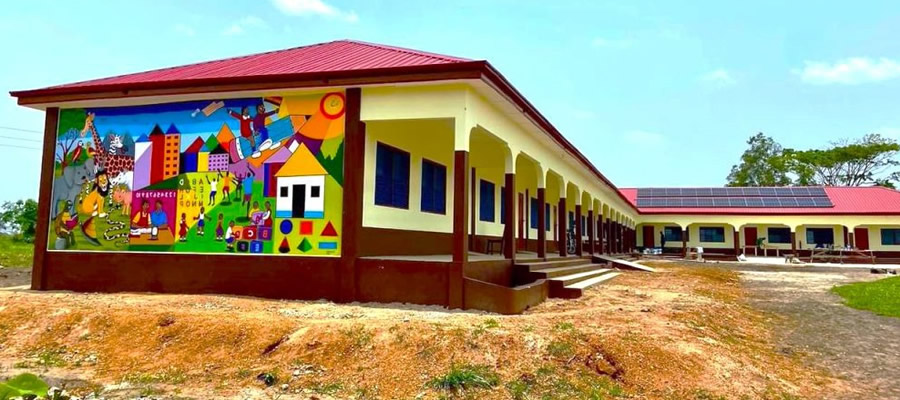
Greater Accra has a coast line of approximately 225 kilometres, stretching from Kokrobite in the west to Ada in the east. The soils have low organic contents with shallow top soils which limit the capacity for crop production. Even though some trees are found in the Dangme West, Ga South, Ga East and Ga West districts, the vegetation is mainly coastal savannah shrubs interspersed with thickets.
The region falls within the dry, coastal, equatorial climatic zone with temperatures ranging between 20° and 30° Celsius, and annual rainfall ranging between 635 millimetres along the coast to 1,140 millimetres in the northern parts. There are two rainfall peaks, notably in June and October. The first rainfall season between April and July is associated with the major cropping season in the region.
Farming is mostly done in the Dangme and Ga districts. Farmers mainly engage in subsistence farming even though the region has the potential to provide enough food to feed the nation. The region is not well endowed with mineral resources and has only granite, clay and salt.
The main rivers that flow through the region are the Volta and the Densu. In addition, there are small seasonal streams flowing mostly from the Akwapim Ridge into the sea through numerous lagoons. There are ecologically very important but highly polluted lagoons and wetlands in the Accra Metropolitan Authority (AMA), Tema and Dangme East. The Volta River?s estuarine delta is at Ada in the Dangme East District.
Date Created : 11/29/2017 3:20:37 AM












 facebook
facebook
 twitter
twitter
 Youtube
Youtube
 +233 593 831 280
+233 593 831 280 0800 430 430
0800 430 430 GPS: GE-231-4383
GPS: GE-231-4383 info@ghanadistricts.com
info@ghanadistricts.com Box GP1044, Accra, Ghana
Box GP1044, Accra, Ghana